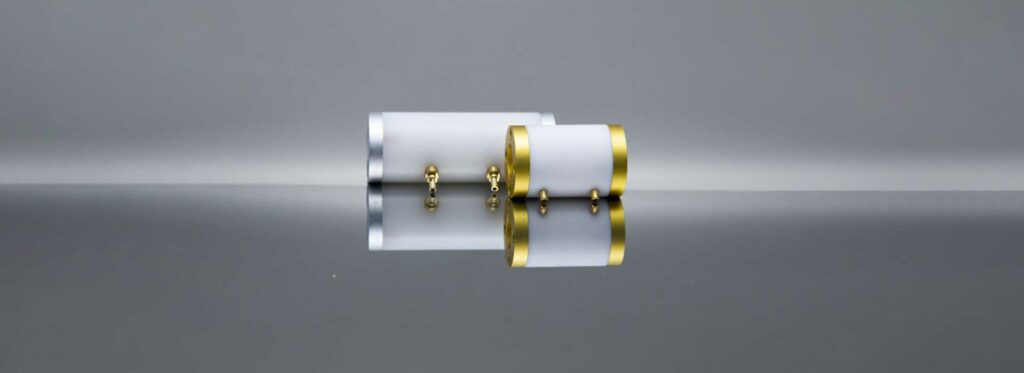In laser technology, modulation technology plays a crucial role. Through modulation technology, we can precisely control the characteristics of light waves to achieve a variety of applications such as information transmission, signal processing, and optical measurement. The core of modulation technology is to change the phase, frequency or amplitude of light waves through external factors (such as electric fields, sound waves, etc.) to meet different application requirements.
Among many modulation technologies, electro-optical modulation and acousto-optical modulation are two common and widely used technologies. Electro-optic modulation is based on the electro-optic effect, which changes the refractive index of electro-optic materials by applying an electric field to achieve modulation of light waves. Acousto-optic modulation is based on the acousto-optic effect, which modulates light waves through the refractive index grating formed by sound waves in the material. These two modulation technologies have their own characteristics in terms of principles, performance and application fields.
Part 1: Electro-optic modulation
1. Principle
Electro-optical modulation (EOM) uses the electro-optical effect to modulate the characteristics of light waves. The electro-optical effect is the phenomenon in which the refractive index of a specific material (usually a crystalline material) changes when an electric field is applied. This change can be used to modulate the phase, frequency or amplitude of light waves passing through the material. The most common electro-optical materials include BBO, lithium niobate (LiNbO3) and lithium tantalate (LiTaO3).
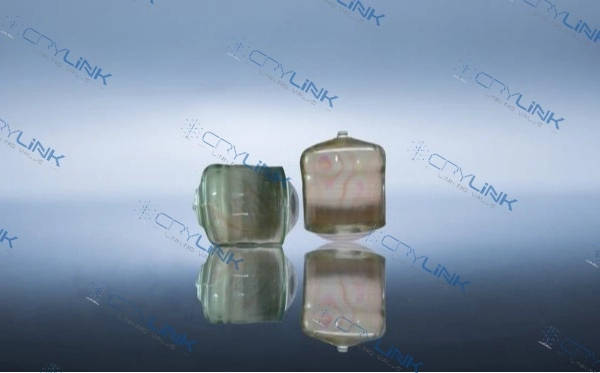
The working mechanism of electro-optical modulators usually includes the following steps:
- 1. Generate an electric field by modulating the signal.
- 2. The electric field acts on the electro-optical crystal and changes the refractive index of the crystal.
- 3. The changed refractive index modulates the light waves passing through the crystal, producing the desired modulation effect (such as phase modulation or amplitude modulation).
Electro-optical modulators can be designed into different structures according to different modulation requirements, such as phase modulators and amplitude modulators. Among them, the Mach-Zehnder Interferometer is a common electro-optical modulator structure that achieves efficient light wave modulation through interference effects.
2. Features
Electro-optical modulators have the following salient features:
- Response speed: The response speed of electro-optical modulators is extremely fast, usually on the order of picoseconds (ps), which makes them ideal for high-frequency optical communications and high-speed optical switching applications.
- Insertion loss: The insertion loss of electro-optical modulators is relatively low and can maintain high optical transmission efficiency.
- Operating voltage: Electro-optic modulators require high drive voltages to achieve significant refractive index changes, typically in the range of hundreds of volts to kilovolts.
·Stability and reliability: Due to the chemical and physical stability of electro-optical materials, electro-optical modulators usually have a long service life and high reliability, and are suitable for long-term stable application environments.
3. Application areas
Electro-optic modulators are widely used in various fields, including but not limited to:
- High pulse energy research on Q-switching in laser systems
- Q-switch for medical and military lasers
- Microscopic imaging applications using multiple wavelengths
Electro-optic modulators perform well in applications requiring high frequency and high stability.
Part 2: Acousto-optic modulation
1. Principle
Acousto-optic modulation (AOM) uses the acousto-optic effect to modulate the characteristics of light waves. The acousto-optic effect refers to the change in the refractive index of a specific material (usually a crystal or glass material) caused by the action of sound waves. This change creates a periodic refractive index grating that can be used to modulate the frequency, phase, or amplitude of light waves passing through the material. Common acousto-optical materials include Ge and TeO2.
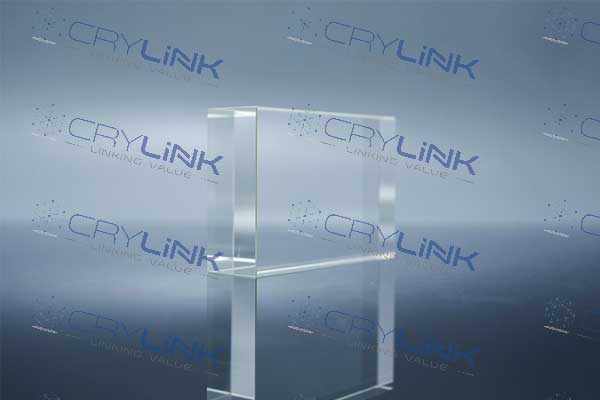
The working mechanism of an acousto-optic modulator usually includes the following steps:
- 1. Ultrasonic waves are generated through a transducer (usually a piezoelectric crystal).
- 2. Ultrasonic waves propagate in the acousto-optic material and form a dynamic refractive index grating.
- 3. When the light wave passes through the acousto-optic material, it is modulated by the refractive index grating, producing the required modulation effect (such as frequency shift or diffraction efficiency change).
Acousto-optic modulators can be designed into different structures according to different modulation requirements, such as acousto-optic frequency shifters and acousto-optic switches. Among them, Bragg Diffraction is a common working mode of acousto-optic modulators, which achieves efficient light wave modulation through Bragg conditions.
2. Features
The acousto-optic modulator has the following salient features:
- Modulation frequency: The modulation frequency range of acousto-optic modulators is wide, from hundreds of hertz (Hz) to hundreds of megahertz (MHz), suitable for various application requirements.
- Power consumption: The power consumption of acousto-optic modulators is low, usually between a few watts (W) to tens of watts, and is suitable for long-term continuous operation.
- Working bandwidth: The acousto-optic modulator has a wide working bandwidth, can modulate light waves of different wavelengths, and is suitable for multi-band optical systems.
·Insertion loss: The insertion loss of acousto-optic modulators is relatively high, which limits their application in low-power optical systems to a certain extent.
3. Application areas
Acousto-optic modulators are widely used in various fields, including but not limited to:
- Intracavity Q-switching for high repetition frequency ultrafast lasers.
- Used for processing, cutting, welding and marking of micron materials and semiconductor materials. This material processing system relies on rapid modulation of AOM.
- Medical applications of AOM range from imaging to treatment. Especially in applications requiring frequency modulation, beam scanning and signal processing, acousto-optic modulators excel.
Part 3: Advantages and disadvantages of electro-optical modulation and acousto-optic modulation
Advantages and Disadvantages of Electro-Optical Modulation
Advantage:
- High response speed: Electro-optical modulators have extremely fast response times, typically in the picosecond range, making them ideal for high-frequency applications such as high-speed optical communications and fast optical switching.
- Low insertion loss: Electro-optical modulators generally have low insertion loss, which helps maintain high optical transmission efficiency.
- High precision: Because the refractive index can be precisely controlled by an electric field, electro-optical modulators can achieve very precise modulation, which is critical for applications requiring high fidelity.
Shortcoming:
·High operating voltage: Electro-optical modulators typically require high operating voltages, ranging from hundreds to thousands of volts, which can complicate the design and integration of modulation systems.
· Narrow operating bandwidth: They typically operate over a narrow range of wavelengths, limiting their versatility in multi-wavelength systems.
Temperature sensitivity: The performance of electro-optical modulators can be sensitive to temperature changes, thus requiring careful thermal management.
Advantages and Disadvantages of Acousto-Optical Modulation
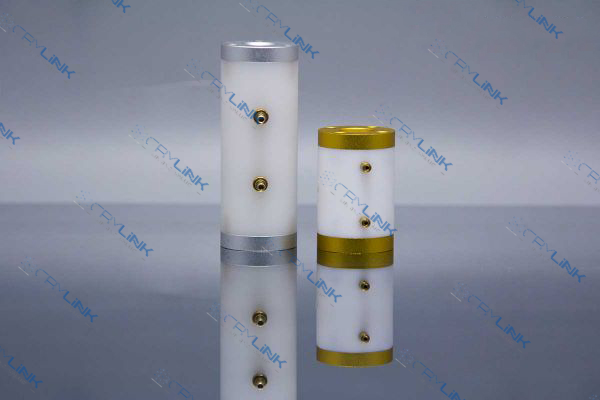
Advantage:
Wide operating bandwidth: The acousto-optic modulator can modulate light waves in a wide wavelength range and is suitable for multi-wavelength optical systems.
Flexible modulation frequency: They can operate in a wide frequency range from hundreds of Hz to hundreds of megahertz, providing diverse application flexibility.
Low operating voltage: Acousto-optic modulators usually require lower driving voltages, which simplifies system design compared to electro-optic modulators.
Durability: Generally, acousto-optic modulators are less sensitive to temperature changes and have higher stability.
Shortcoming:
Slower response speed: Acousto-optic modulators have slow response times, typically in the nanosecond to microsecond range, and may not be suitable for ultra-high-speed applications.
Higher insertion loss: They have higher insertion loss, which may limit their performance in low-power optical systems.
Higher power consumption: Acousto-optic modulators generally consume more power, which needs to be considered in power-sensitive applications.
Part 4: How to choose electro-optic modulation or acousto-optic modulation
When deciding to use electro-optical or acousto-optic modulation, the following factors need to be considered:
Application requirements:
Speed: If the application requires extremely high modulation speeds (in the picosecond range), such as high-speed optical communications or fast optical switching, electro-optical modulators are preferred.
Frequency range: For applications requiring wide frequency range and multi-wavelength operation, acousto-optic modulators are more suitable.
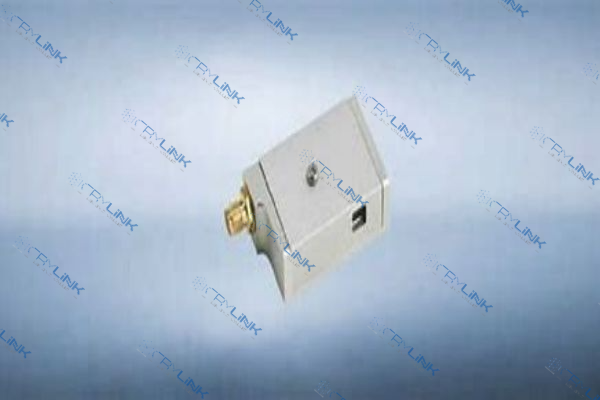
Performance characteristics:
Insertion loss: The low insertion loss of electro-optical modulators is an advantage in systems where high optical transmission efficiency needs to be maintained.
Power consumption: For power-sensitive applications, acousto-optic modulators may not be the best choice because of their higher power consumption.
Operating voltage: If the system design needs to avoid high operating voltage, acousto-optic modulators have the advantage of low driving voltage.
Environmental conditions:
Temperature sensitivity: In environments where temperature stability cannot be guaranteed, acousto-optic modulators may perform more reliably because they are less sensitive to temperature changes.
System design and integration:
Complexity and cost: Electro-optical modulators typically require more complex and potentially costly high-voltage drivers, while acousto-optic modulators may simplify overall system design due to lower drive voltages.
Scenes to be used:
High-speed optical communication: Electro-optical modulators are ideal due to fast response speed and low insertion loss.
Spectral analysis and laser display: Acousto-optic modulators perform better in applications requiring wide operating bandwidth and flexible frequency modulation.
Industrial laser processing: Depending on specific speed and accuracy requirements, both electro-optical and acousto-optic modulators may be suitable. Electro-optic modulators are suitable for precise, high-speed applications, while acousto-optic modulators are more advantageous in scenarios that require flexible frequency control and durability.

Frank
Frank graduated from the University of Shanghai for Science and Technology, majoring in optics. As a technical engineer at Crylink Company, he deeply understands crystal materials and laser components.
Related Video(s) with this Article
Related Product(s) with this Article
Related Application(s) with this Article

